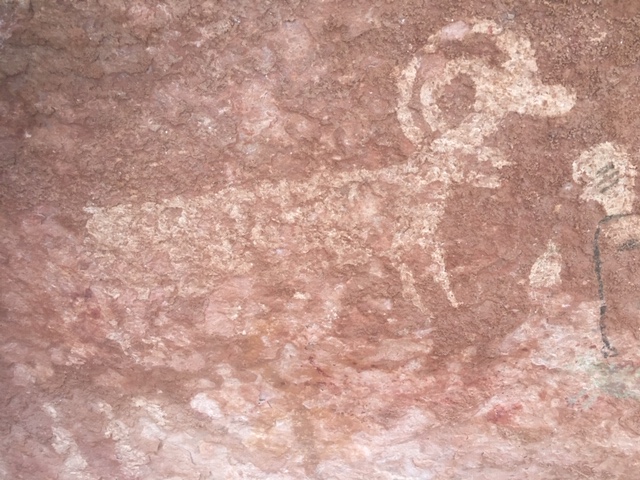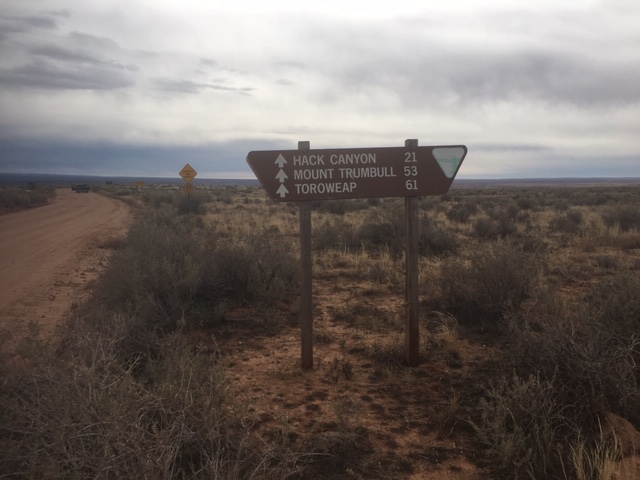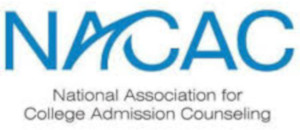If you are going to be lost in the woods, my buddy Shayne is the person with whom you want to be lost. No responsible parent would forget to bring warm clothing for his children on a chilly three-day, two-night primitive hike. But if a parent ever did leave all the sweat shirts and coats at home, that parent would want Shayne to be the other parent involved because Shayne can build a shelter out of sticks. Make a fire without matches? Easy. Heat stones in said fire and roll the hot stones into the impromptu shelter so the shivering, grumpy children can sleep comfy and warm? Nothing to it. Shayne has mad skills.

Shayne is also knowledgeable about survival plants in the high desert. “See that six-inch serrated leaf? There’s a bulb under it. You can eat it. See that six-inch flat leaf? There’s a bulb under that one also. It will kill you.”
Good to know. So when Shayne suggested that we drive for three hours down what could only charitably be described as a “road,” my son and I readily agreed. Then a scrabbly two-hour hike to a place where:
- In a given year no more than a couple dozen people get to. No signs, no trail markers, no water fountains, no concession stands, no opportunity to purchase a “my grandfather hiked to the middle of nowhere and all I got was this lousy T-shirt.”
- There is however a 20-foot long panel of petroglyphs. Six colors, eight feet high, deliberate. That much was easy to observe. What else? Creative? Communicative? Informative? Even Shayne—who has studied anthropology in general and pictographs in particular—had no good guesses.
We were particularly befuddled by why? Why did our ancestors take the time to inscribe these deliberate depictions? Life in the high desert was busy. You and I try to avoid robo-calls. These folks must’ve felt strongly about not becoming lunch. “What do you want to do today?” “I know. Let’s make it a point not get eaten by a mountain lion.” A millennia ago hunting and gathering was a thing. Finding water was a full-time job, no benefits, no matching retirement contribution. So with round the clock survival issues, why take the time, effort, treasure, planning to draw these pictures?
Shayne was sifting through layers of sediment finding arrow heads and bits of pottery. “What were they trying to say?” I asked. “To whom were they tying to say it?”
“Nobody really knows,” was the reply.
In the absence of any actual information, I am going to make the following guess: I think these folks were trying to describe their experience, their interior monologue, their thoughts about the future. They picked a spot under an overhang, safe from wind and rain. They must have been thinking about subsequent generations. Specifically, I think they were trying to communicate to their children. “This is what is important to me. This is what I am thinking about. These are my unanswered questions. You might also wish to concern yourself with these issues.”
These pictures were not about instructions. These pictures did not say “there is water over the next canyon.” These pictures did not say “here are instructions for catching and cooking small mammals.” These pictures were about broader questions, those that you and I might label metaphysical.
Alpha numeric representations, movable type, and downloading philosophical treatises were unimaginable. Papyrus, stone tablets, and telegraph were equally elsewhere. These pictures were their one and only way of preserving their legacy.
What is it that you wish to communicate to your children? In the fullness of time, when your kids look at that box of old photographs, that collection of birthday cards, those tickets stubs, what is it that you would like them to remember? You have the opportunity to preserve exactly that which you want them to know. Why not write it down right now? Why not preserve indefinitely that which you want your kids to know about you?
Five hundred or a thousand years from now, your life might be as indecipherable to your descendants as the lives of the cave dwellers were to me and Shayne and our children. At least for this next generation, it’s easy to make a time capsule. Make the commitment. The whole project will take an hour. Put your thoughts together. Upload the document to the cloud. Put a password on it that says “to my beloved children.” Or “to be opened in the event of my death.” Tell your children about your immigration pattern, how your ancestors came to this country, what your concerns were when you were growing up, how happy you were when your kids were born, how you have always loved them unconditionally.
The best part is that you won’t require them to drive three hours over a bumpy road and hike half a day to find what you were all about.



